Harsh Land
Lying along the Atlantic coast of southwest Africa, the Namibian desert is one of the driest places on Earth. Meaning “land of nowhere” in the Nama language, the landscape resembles a Martian landscape, with towering sand dunes, rolling mountains and rocky plains stretching for 81,000 km.2along this country.

Dating back at least 55 million years, the Namib Desert is considered one of the world's oldest deserts (the Sahara is thought to be only 2-7 million years old). Summer temperatures here often reach 45oC and at night it can drop well below freezing, making it one of the harshest places on the planet.
But over time, an astonishing number of species have adapted and called this arid wonder home – and in the process, created a strange geomorphic phenomenon that continues to baffle experts.
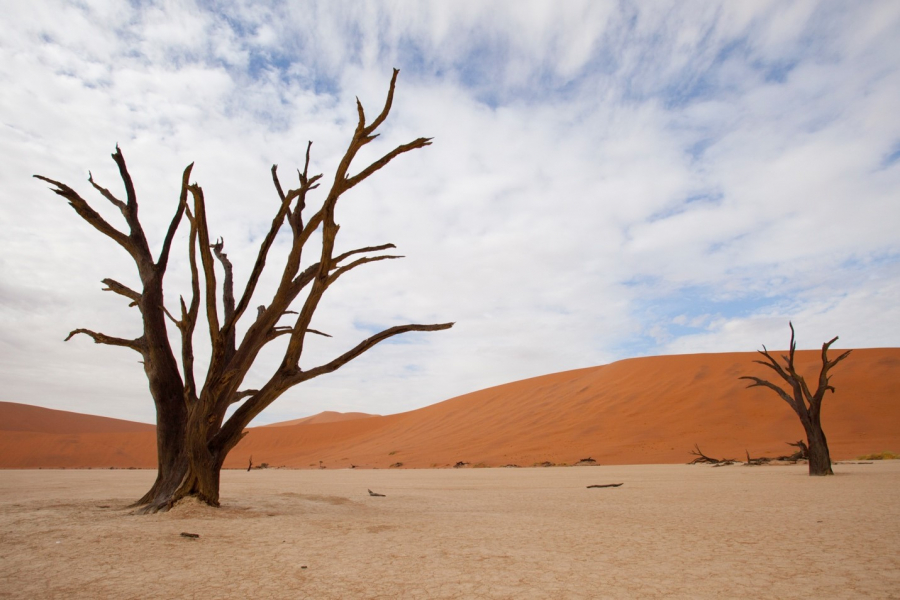
The Namib Desert stretches for more than 2,000 km from southern Angola through Namibia and continues into northern South Africa. From there, the desert breaks off into the ocean, and the endless sandy landscape stretches from the Atlantic coast of Namibia, reaching more than 160 km inland to the southern edge of Africa's Great Escarpment.
Organisms adapted to harsh conditions
The driest parts of the Namib Desert receive only about 2mm of rain per year. Some years, large parts of the desert receive no rain at all. As if appearing out of nowhere, creatures such as scimitar oryx, gazelles, cheetahs, hyenas, ostriches and zebras have adapted to survive in the harsh conditions that stretch across the desert.
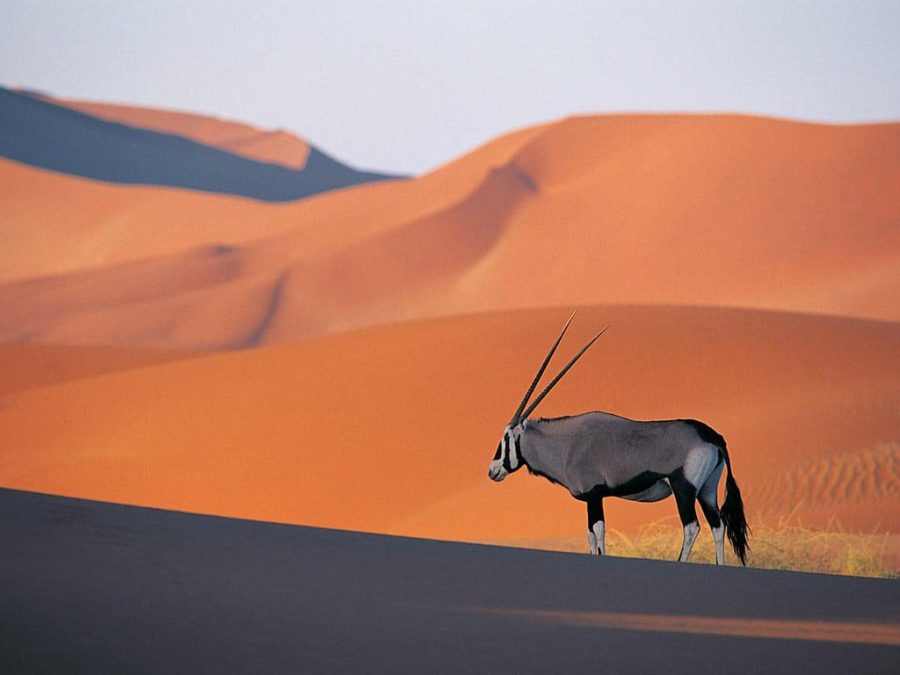
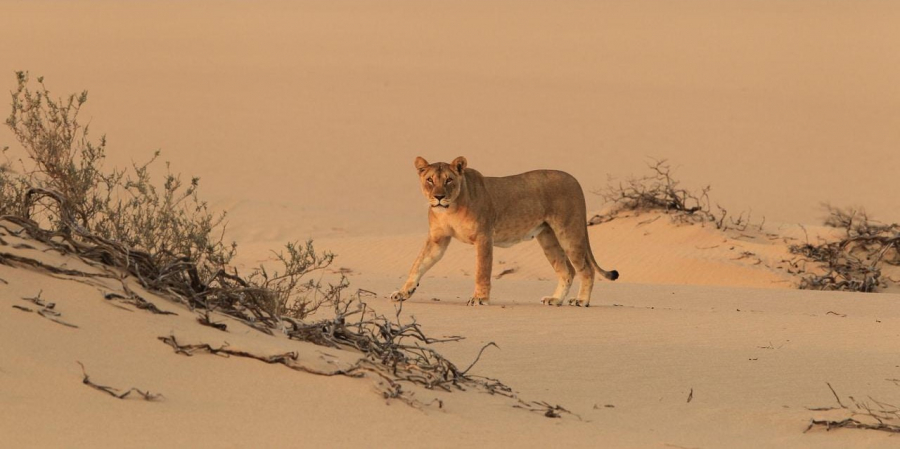
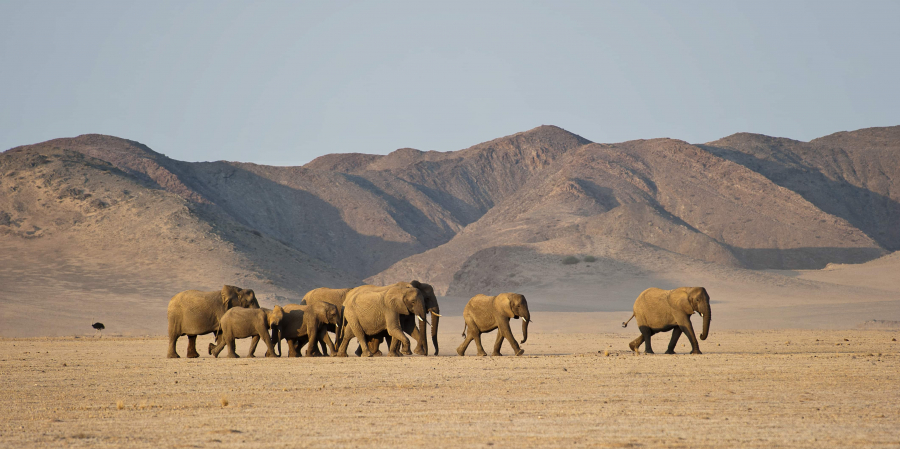
Ostriches raise their body temperature to avoid dehydration, Hartmann's mountain zebras are skillful climbers adapted to the rocky terrain of the desert, and scimitar oryx can survive for weeks without drinking water by eating water-rich foods such as roots and tubers.
"Gateway to Hell"
One of the most forbidding areas of the harsh, inhospitable Namib Desert is a 500-kilometer stretch of towering sand dunes and rusting shipwrecks along the Atlantic coast known as the Skeleton Coast.
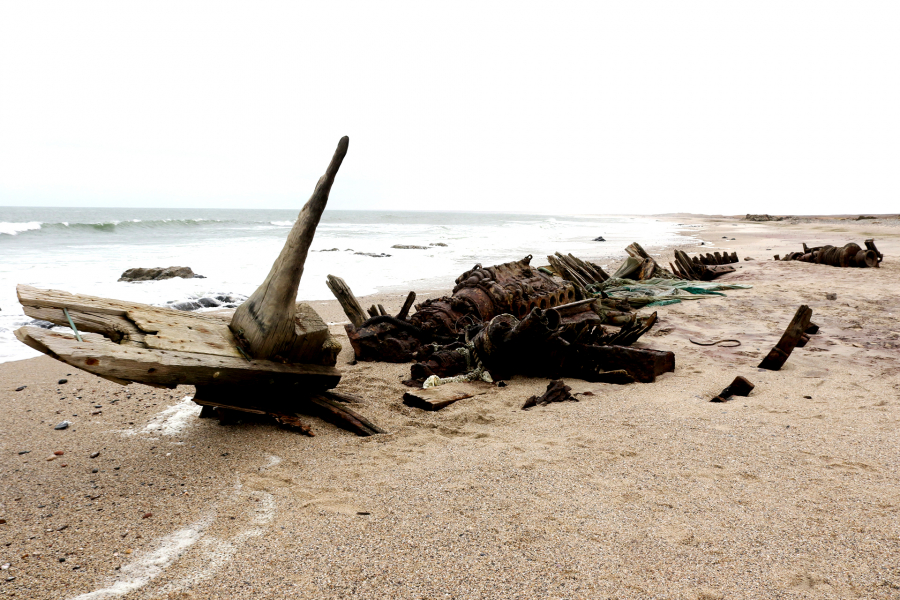


Stretching from southern Angola to central Namibia, the area is so named because of the numerous whale carcasses scattered along its shores and the nearly 1,000 shipwrecks that have been scattered over the centuries.
Skeleton Coast is often shrouded in thick fog, brought on by the cold Benguela Current from the Atlantic Ocean meeting the warm air of the Namib Desert. This fog makes navigation extremely dangerous for ships, and the indigenous San people call the area "The Place God Made in Wrath".
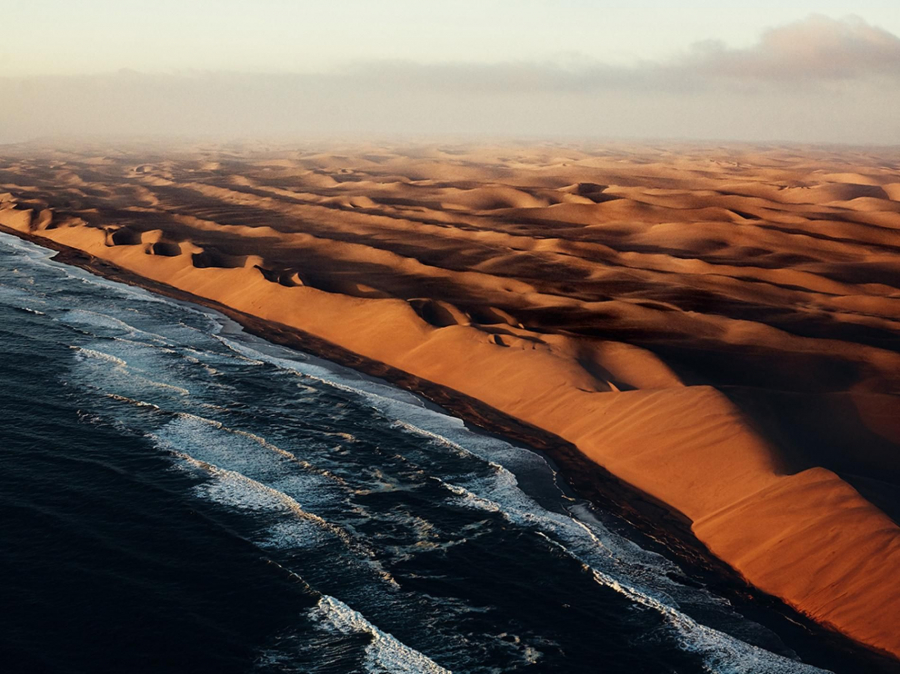
While sailing along the west African coast, the famous Portuguese explorer Diogo Cão passed by the Bone Beach in 1486. Cão and his crew later erected a cross bearing the Portuguese coat of arms, but the fierce sand dunes of the Namib Desert and harsh climate soon drove them back to sea – soon after the site became known as the “Gateway to Hell”.
Majestic sand dunes
Today, visitors come to the Namib Desert to see the red ochre sand dunes that surround Sossusvlei, an oasis of salt and clay in the heart of Namib-Naukluft National Park – Africa's third-largest national park, covering nearly 50,000 km2.
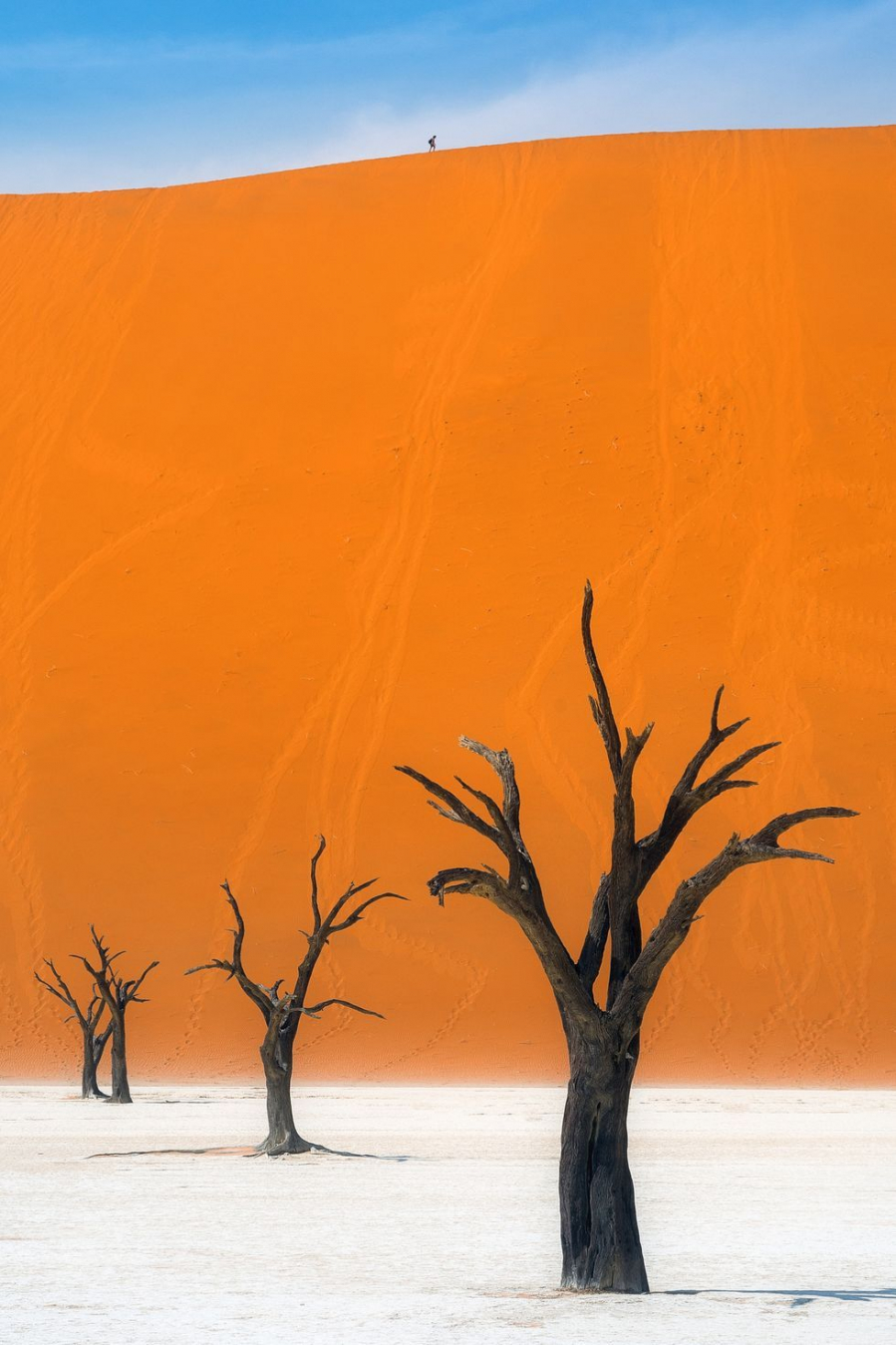

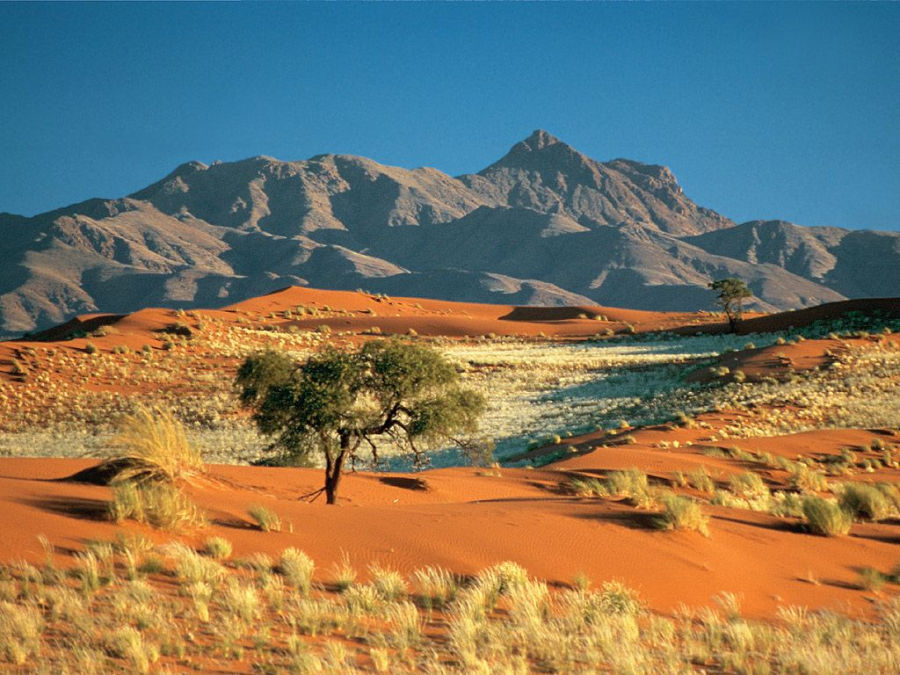
While sand dunes are a ubiquitous sight in the Namib Desert, the area surrounding Sossusvlei is a particularly intense shade of orange-red. This color is actually rust, and is an indication of oxidation caused by the high concentration of metals in the sand.
The dunes in the area are also some of the tallest in the world. Many reach over 200 metres high, while “Dune 7”, located north in the red-hot Sossusvlei, rises to over 400 metres.
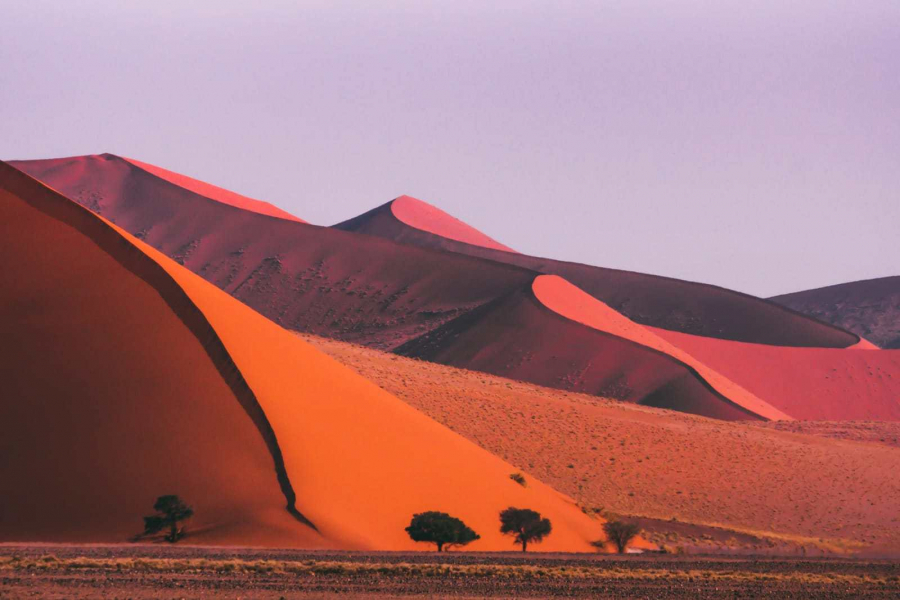
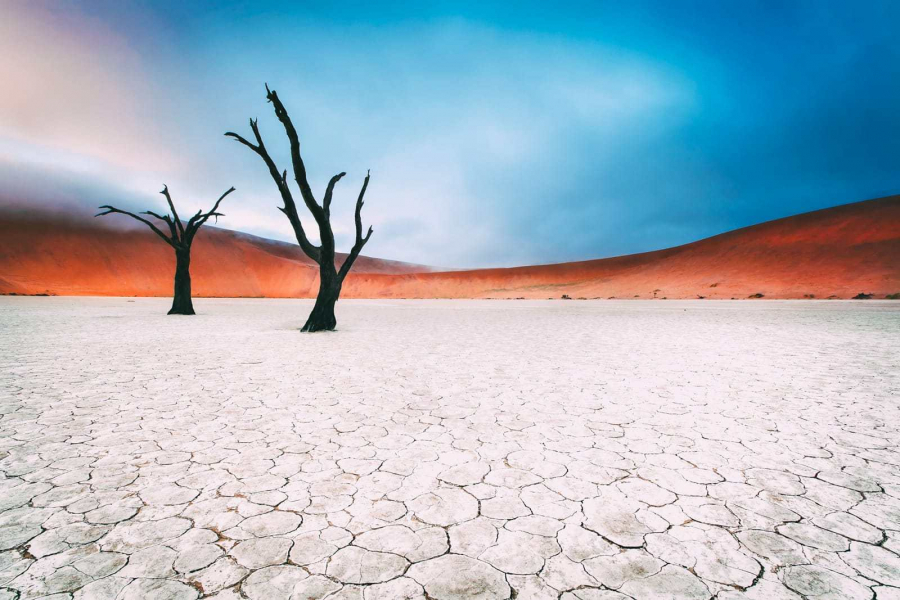


Among the many masterpieces of the Namib Desert, its most fascinating feature and one of its greatest mysteries is a geomorphological phenomenon known as the “fairy circles”. Sometimes called “fairy rings”, these are patches of barren sand ringed by a single species of grass found in the Namib Desert and have baffled experts for decades.
Desert Spots
These circles are best seen from the air, where one can marvel at the endless array of circles stretching across the desert sands.

These fairy circles are found on both the gravel plains of the Namib and on the sand dunes, and they maintain a nearly perfectly circular shape in both terrains.
Circles range in diameter from 1.5 m to 6 m in the central Namib, while in northwestern Namibia they are about four times larger and can be up to 25 m wide.
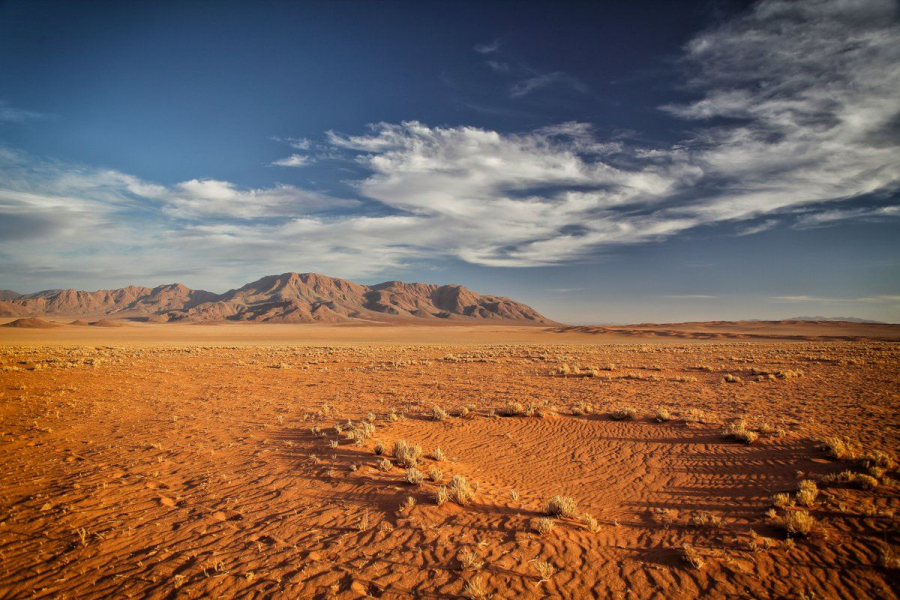
For many years, fairy circles were thought to exist only in Namibia, but in 2014, similar structures were discovered in Western Australia, where environmental scientist Bronwyn Bell was surveying the remote Pilbara region. Puzzled by the spectacular structures, she contacted Stephan Getzin, an ecologist in Germany and expert on fairy circles, to share her discovery. While the Australian circles closely resemble those in Namibia, the differences in the soil textures between the two places have left scientists even more baffled.
Footprints of the gods?
While experts are still puzzling over the cause of the “fairy prints”, the circles have long been known to the indigenous people of Namibia. The local Himba people believe that the circles are created by spirits, and that they are footprints left by their god, Mukuru.
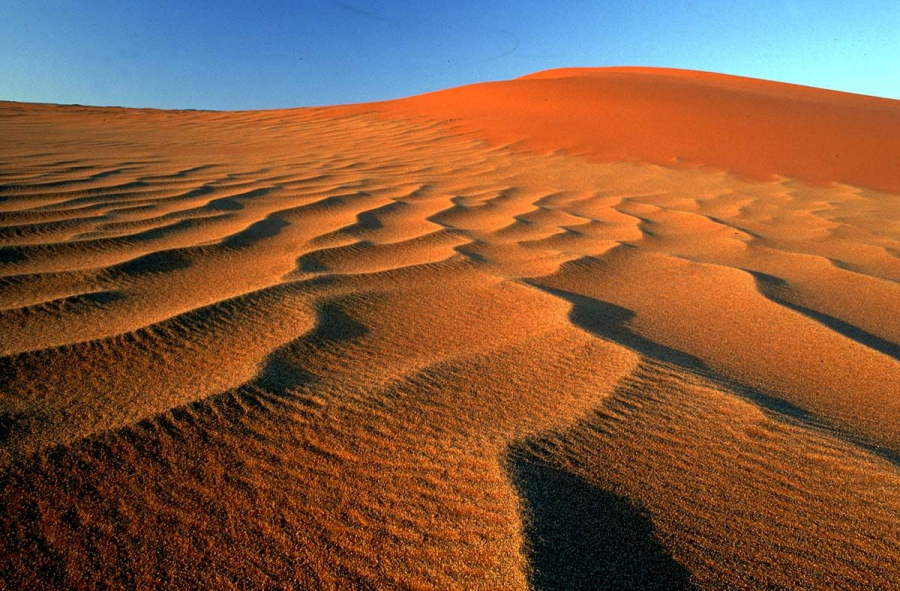
To understand their origin, many mathematicians have even tried to create models to see if the circles fit into certain patterns.
But Hein Schultz, owner of the Rostock Ritz Desert Lodge hotel located just outside Namib-Naukluft National Park, explained that some locals believe "UFOs or fairies dancing late at night" create the circles.
Truth
To this day, there is no generally accepted theory as to the origin of these curious circles. But in recent years, scientists from Namibia, Germany, the United States and elsewhere have come together to study the phenomenon in the hope of understanding it better.
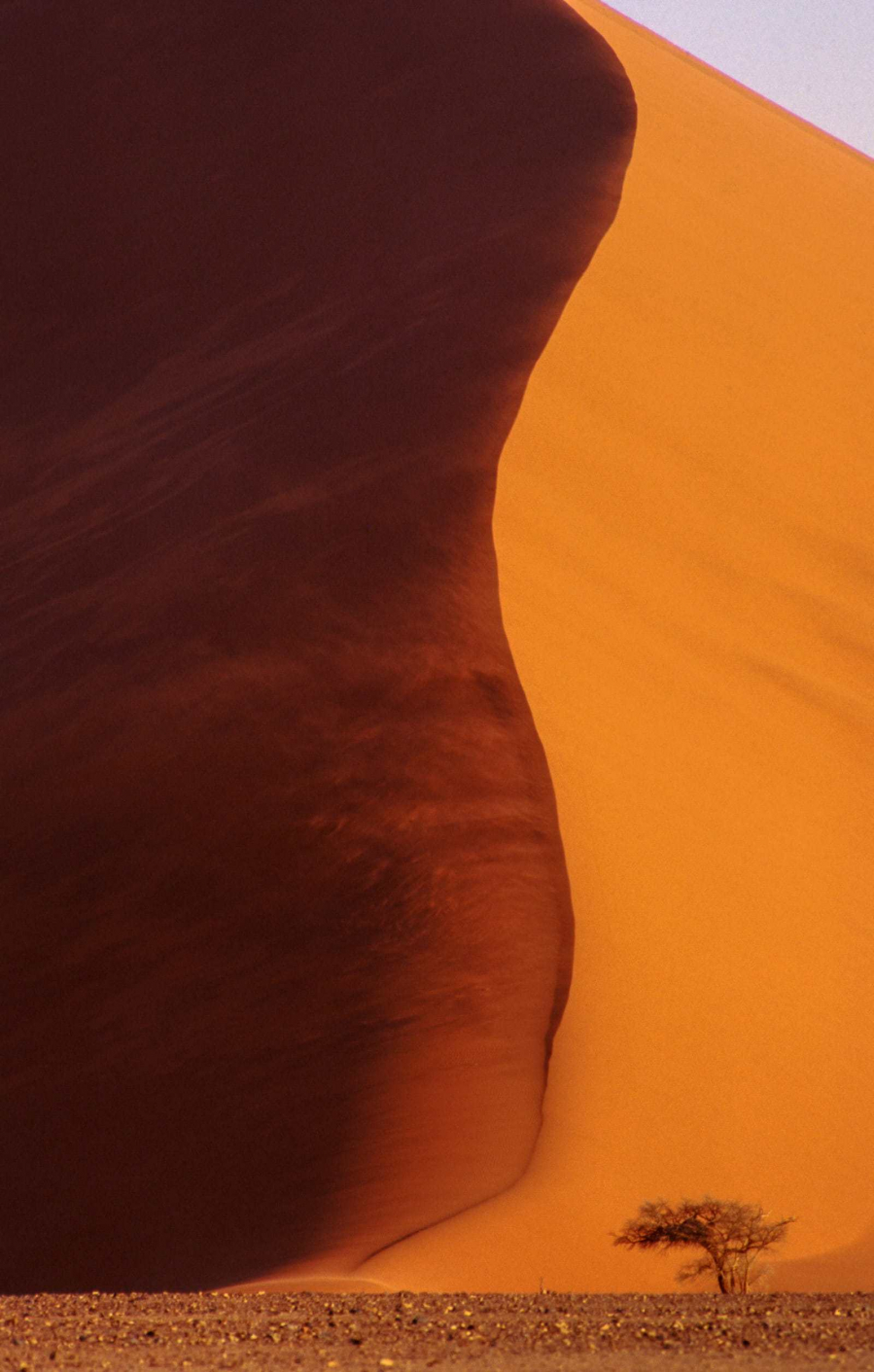

At the Gobabeb-Namib Research Institute, a remote research center in the heart of the desert, entomologist Eugene Marais explains that there are two main theories stemming from the lack of water in the Namib Desert.

Some studies suggest that termites create these circles to collect water and nutrients from the soil. By clearing the surface of the ground, the termites create a barren space in the soil, allowing rain to condense deeper into the soil. This theory suggests that termites can survive by drinking from underground reservoirs throughout the year.
Another theory is “self-organizing vegetation”, where competition between grass roots creates circular patches that appear as reservoirs allowing plants to extract nutrients from water in the surrounding area.
Unsolved mystery
After years of drought, the fairy grass circles eventually dried up and gradually disappeared. Marais highlighted the wonder of the land, saying that when it rained, suddenly, like a “miracle,” the circles reappeared.
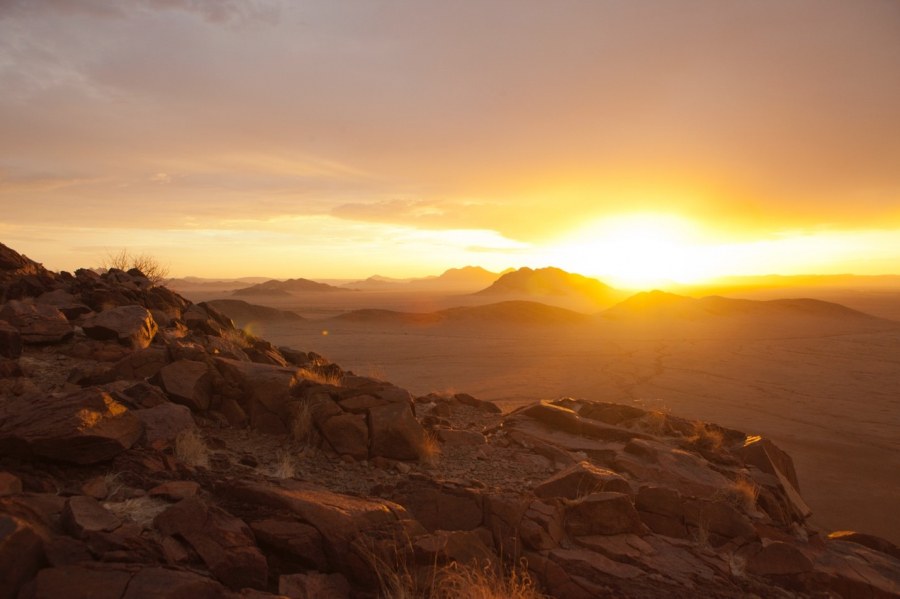
According to Marais, research on fairy circles in Namibia has generally focused on circles found in the gravel plains of the desert or in areas with sand dunes. But to truly understand these structures, he believes research must be extended to both types of terrain.
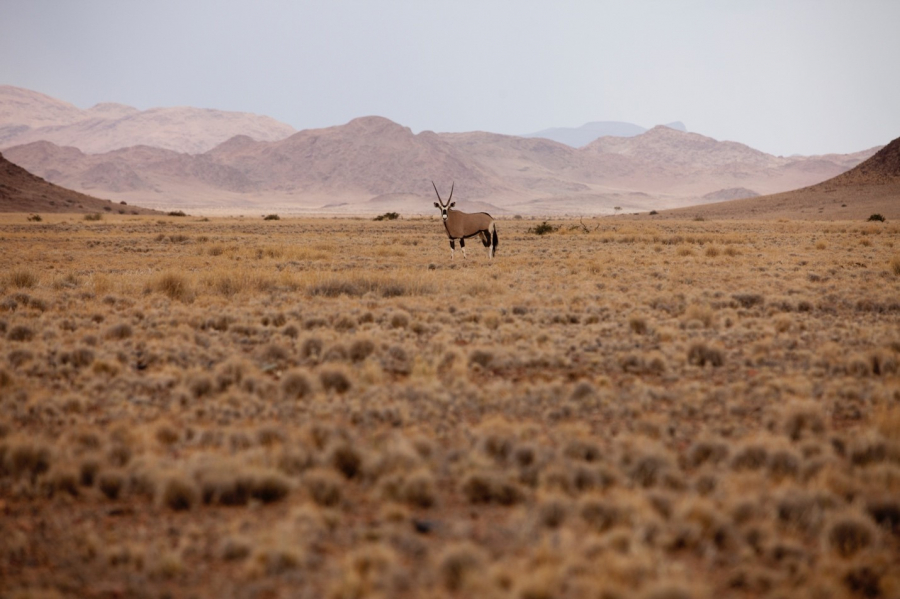
Ultimately, Marais had a hunch that the desert dots were caused by a combination of factors. But what those factors were remains a mystery to this day.



































